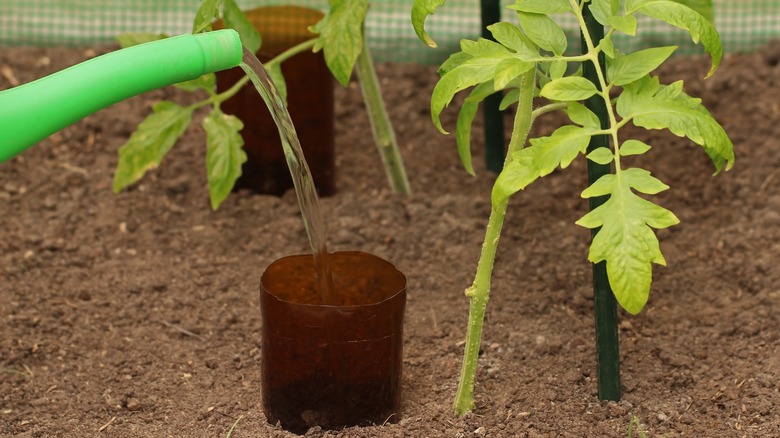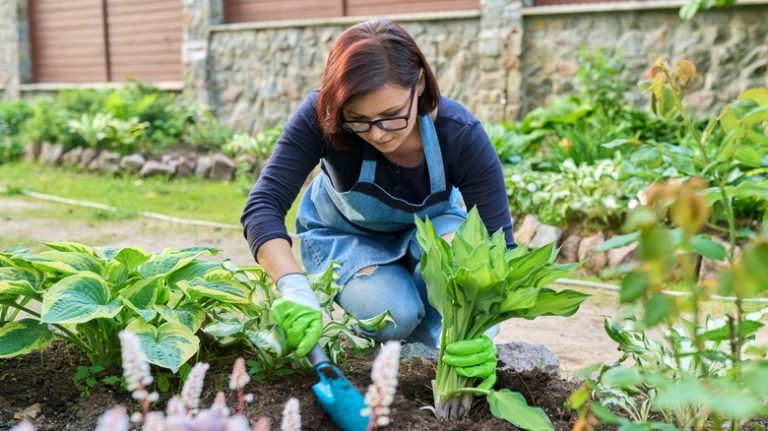There are few things more disappointing than coming home from a vacation to find all your plants dried out and dead. Luckily self-watering planters are available to make sure your plants don’t suffer just because you’re out of town. While self-watering planters are available in stores, you can also turn any pot you like into a beautiful self-watering planter in just a few steps.
Self-watering irrigation systems have been around for millennia, and for good reason. Not only are they practical and require less labor than watering plants daily, but they are also extremely efficient and can help to save water. Gardeners and farmers have used ollas to irrigate for over 4000 years. Ollas are terracotta pots filled with water and partially buried in a garden or planter. Because terracotta is porous, when you water your garden using an olla, water will slowly seep through the terracotta, providing consistent moisture to the soil and the plant’s roots. The olla can then be refilled as needed.
Making your own self-watering planter
Upcycled Self Watering #gardening #upcycling #nyc #viral #watering #plants #planttiktok #xyzbca #foryou
♬ original sound – ThatWeirdPlantGuy
Watch on TikTok
There are multiple ways to make self-watering planters, but the basic concept is that there is a reservoir of water in the planter and water is slowly wicked from the reservoir into the soil, providing water for the plant’s roots. In the simplest form, this can be an empty soda bottle with holes in it that is placed inside the planter. These work similarly to an olla. Water is added to the bottle from the top and will slowly leak out of the holes, preventing the soil from drying out.
A more elaborate set-up was constructed by Little Victorian, using an upside plant saucer in the bottom of the planter to separate the growing medium from the water reservoir. A plastic pop bottle with holes drilled in it goes into a hole in the plant saucer and transports water from the lower water reservoir to the growing medium and the plant’s roots. In this method, water isn’t added into the bottle, but instead poured into a piece of PVC pipe that goes down into the reservoir. On these planters, drainage holes should be on the side of the planter, right above the water reservoir instead of on the bottom of the pot.
Advantages and disadvantages of self-watering planters

Self-watering planters have a lot of advantages. Not only can you leave your plants for longer without water, but you also lose less water to evaporation and run-off as there is less water on the soil’s surface. This means less fertilizer run-off as well. Bottom-watering also generally leads to fewer weeds since the soil surface is drier. Plants that benefit from consistently moist soil can especially thrive in these setups.
Not every plant benefits from constant soil moisture though, and it’s important to consider which plants it makes sense to grow in self-watering planters. Succulents and other plants that benefit from growing medium that fully dries out between waterings can easily suffer from root rot if they are in self-watering containers. Other possible disadvantages of self-watering planters include mosquitos getting into the water reservoir section and insufficient drainage, resulting in the growing medium becoming too water-logged. Keeping a lid on the bottle or pipe you use to add water and putting sufficient drainage holes on the sides of the planter should help to ameliorate these issues.


